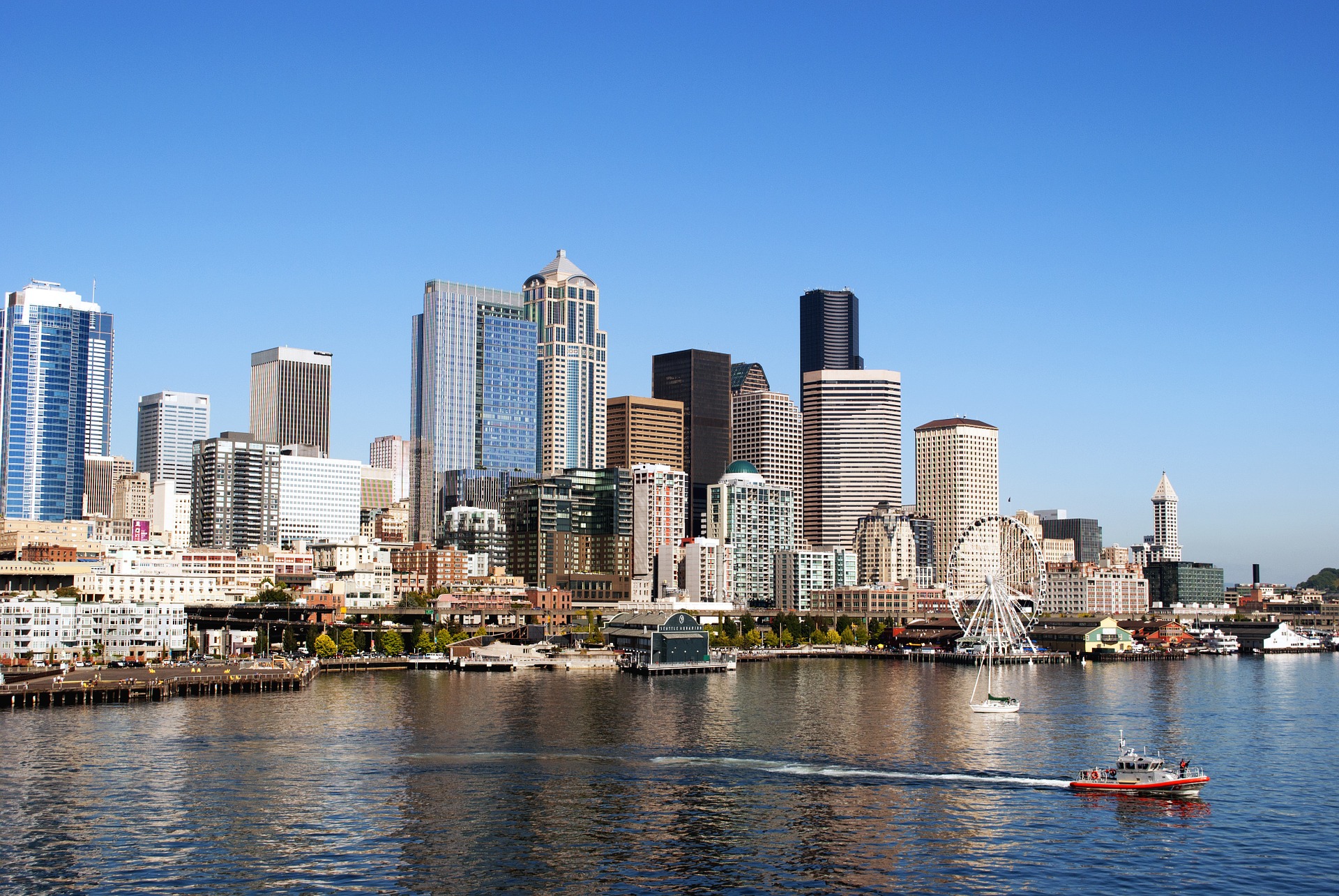Buying your dream home is something fascinating and one of the most significant purchases that you may ever make in your lifetime. You will need a solicitor to help you, and most people will turn to their colleagues and friends to give them some referrals. Without knowing what these conveyancing solicitors do and what you require of them, you will not know who is right for you. Listed below are some tips to help you find the right choice for you.
What Is The Difference Between A Licenced Conveyancer And A Conveyancing Solicitor?
Conveyancing is the legal process of buying and selling a property. A conveyancing solicitor is a solicitor who is legally trained and works in property law. A licensed conveyancer mainly focuses on property sales and purchases but does not have the same training as a solicitor. Both of them are legal professionals and will ensure that they handle payments and also make you a rightful legal owner of a property you have bought.
Factors To Consider
Costs
Before choosing one, you should ask for a breakdown of all the costs, not forgetting disbursements such as stamp duty and stamp fees. If they do not tell you how much it will cost upfront, then avoid them. It shows that they are not honest in their dealings. Also, avoid quotes that are suspiciously low. This may mean that they are not well experienced and may do shoddy work. Ensure that you get one that has an affordable rate and also good at their job.
Do Not Use Conveyancing Solicitors Recommended By Estate Agents
You may find that some estate agents will pressure you into choosing a particular solicitor. You may think that they have your best interests at heart, but this may not be the case. Most of them are given a big commission and hence, will be doing it for business. You should know that you are not obligated to use the one that they recommend. They may suggest a firm that is not right for you and will be more expensive due to the commissions.
Reviews
One of the best ways to know if a particular firm is right for you is by looking at their reviews. You will need to ensure that they are legitimate to start with. One of the ways to know this is when you find all the reviews are excellent. As much as that may mean that they are good at their job, we are all human and there is always at least one client who had a minor issue. You could do more research and check on their social media reviews and those on their websites. By doing all that, you will get what you were looking for. Avoid those with many bad ratings since it means that they are incompetent. Also, those with no ratings may say that they just started the job recently.
It is prudent to choose the right conveyancing solicitors for you since you have a significant investment at hand. With the above points, you will be able to select the right one for you.
Read Also:






















